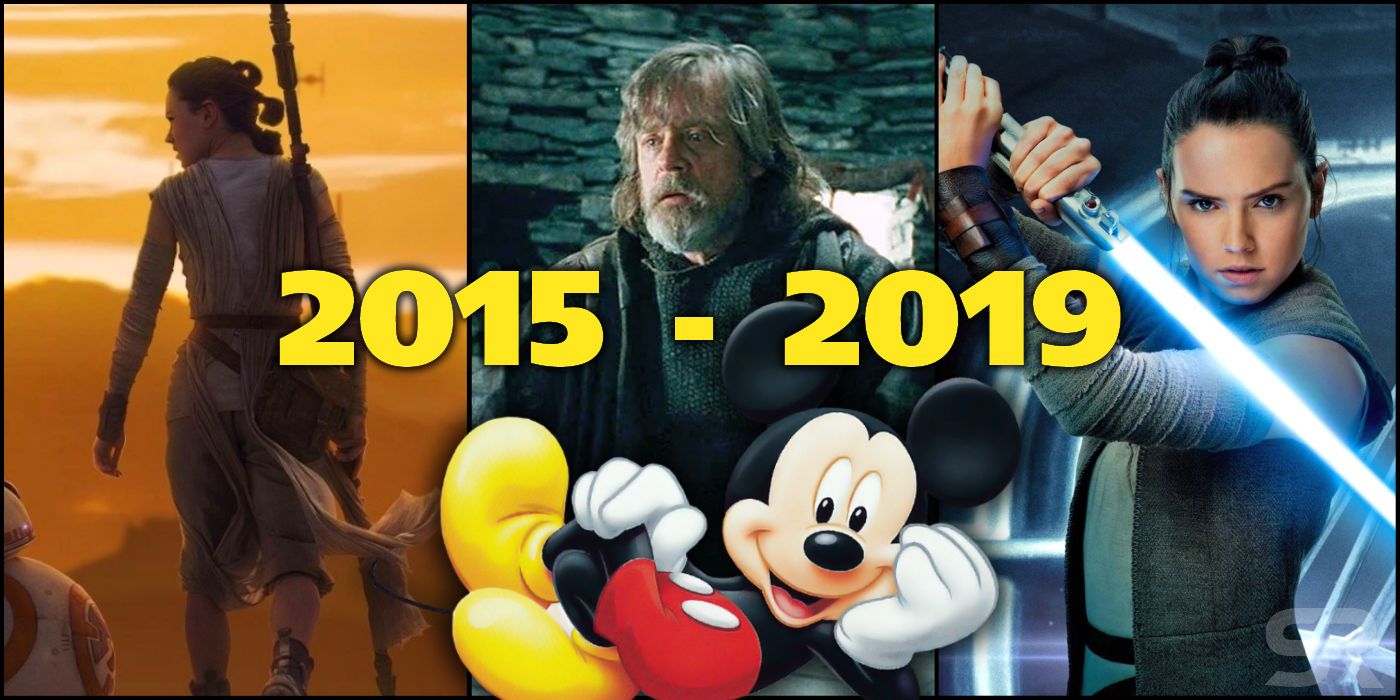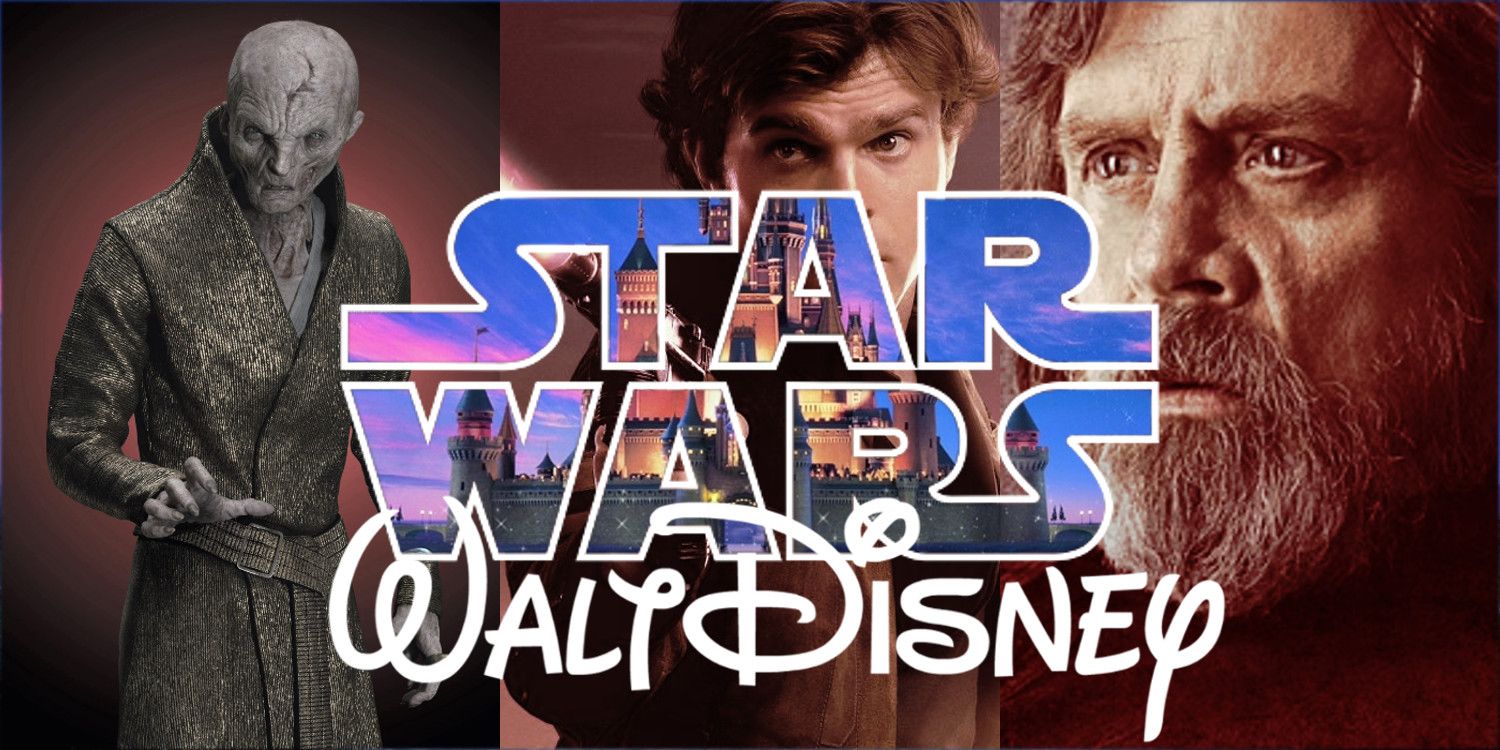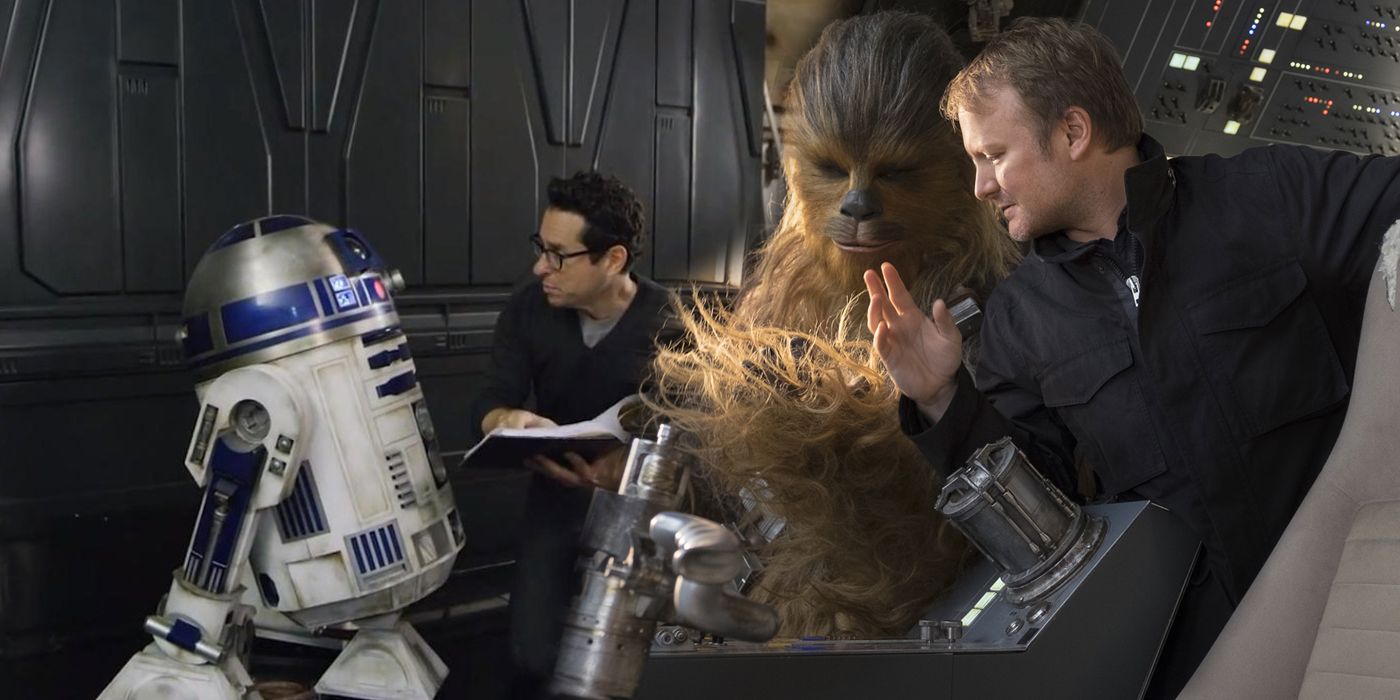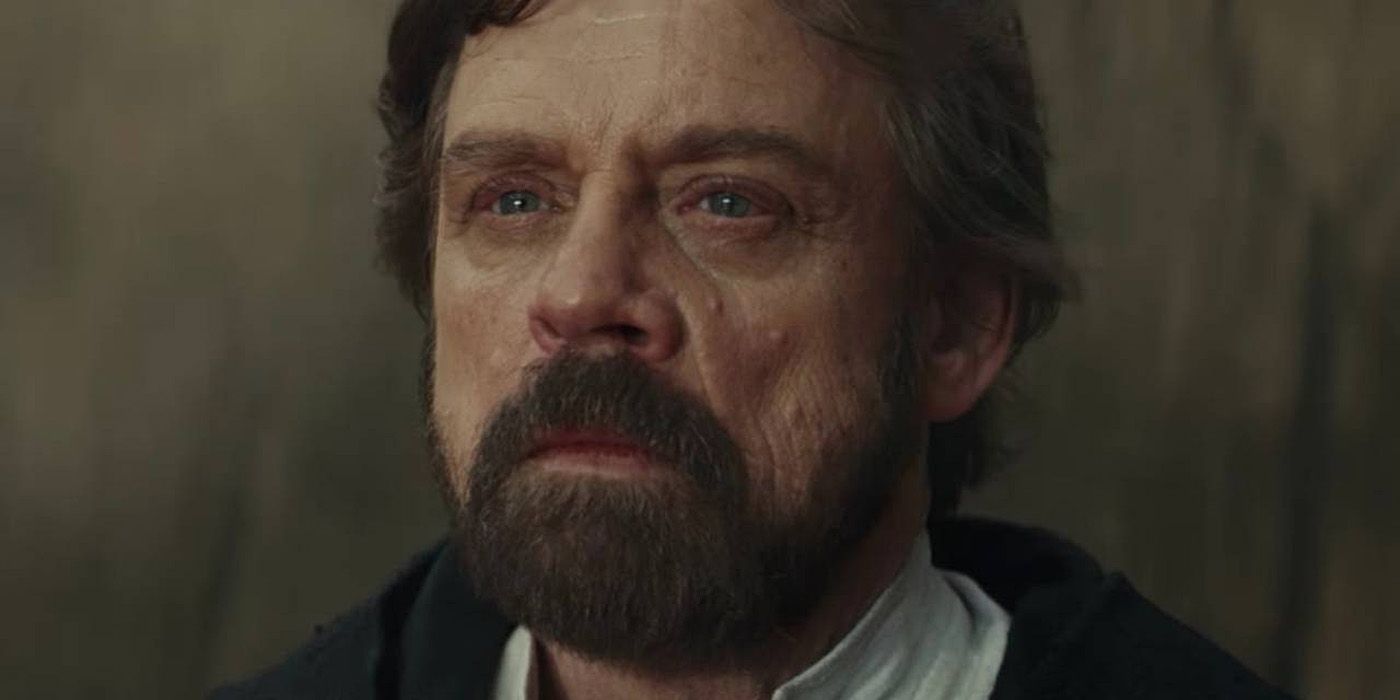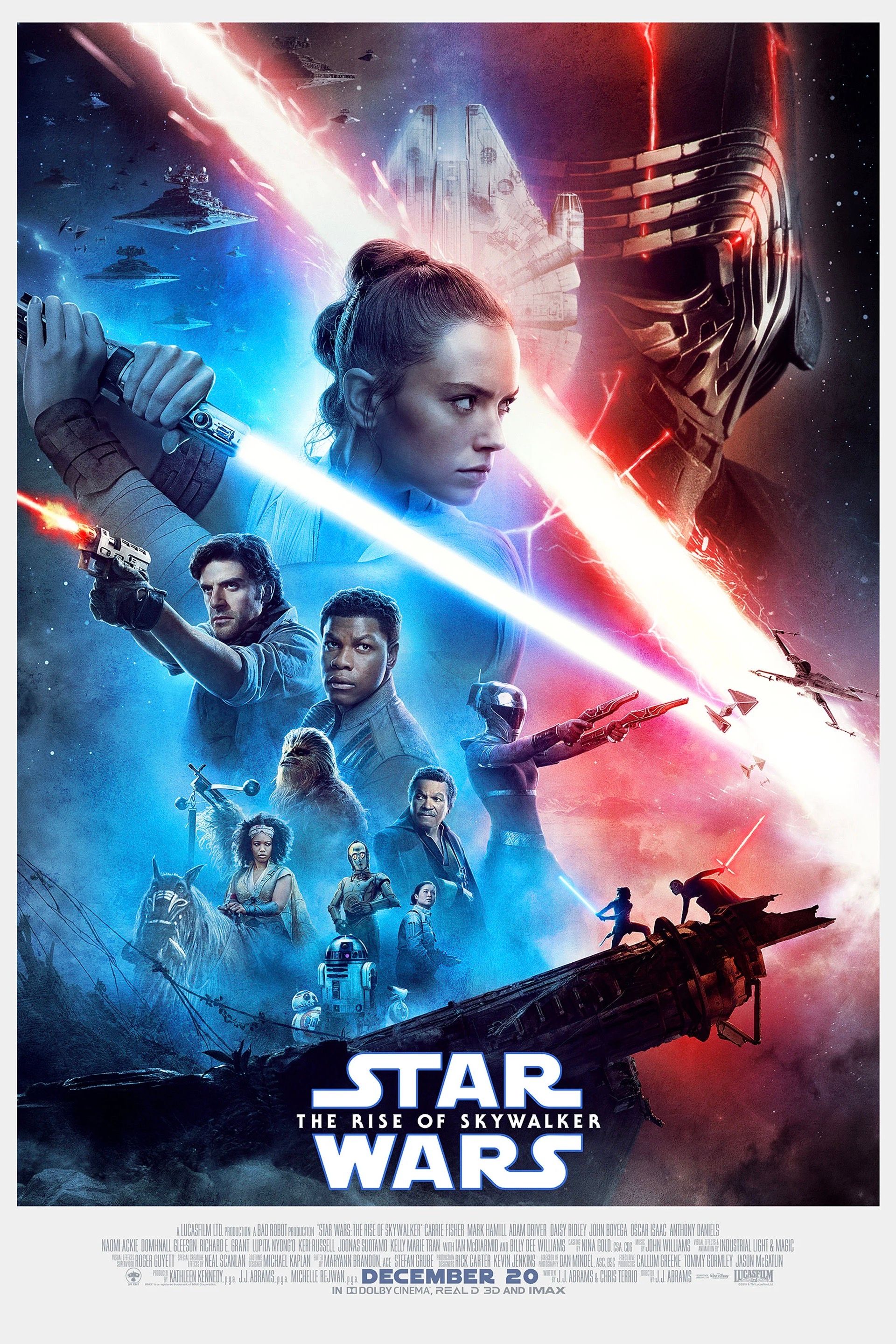Disney and Lucasfilm have rushed out the Star Wars sequel trilogy too fast, and they've in turn ruined the franchise (perhaps a little) by doing so. After Lucasfilm and 20th Century Fox released the first Star Wars movie back in 1977, it took them another three years for George Lucas' sequel, The Empire Strikes Back, to hit theaters in 1980. Sure, a sequel wasn't something that was immediately planned and put into development, but even the rest of the Star Wars saga stayed true to the three-year gap per movie.
Were Star Wars being made for the first time today, then the sequel likely would’ve released as soon as possible. Then, however, it was afforded a little more time; time that Lucas and his collaborators made the most of. The Empire Strikes Back released in 1980, and then Return of the Jedi followed in 1983.
Related: Revenge of the Sith's Rotten Tomatoes Audience Score Was Broken In 2010
It’s a release template Lucas would stick to for his much-maligned Star Wars prequel trilogy. Star Wars: Episode I - The Phantom Menace arrived to monumental hype in 1999, followed by Attack of the Clones in 2002 and then concluding with Revenge of the Sith in 2005 (all of which released in May, as well). This obviously didn’t guarantee quality, but what it did grant was time. It was time for the filmmakers to adjust and react; time for the fans to cool off, pause, and then get excited all over again. Disney changed all that.
- This Page: Disney Wanted Star Wars Every Year
- Next Page: Disney Rushed & "Ruined" Star Wars
Disney Wanted Star Wars Every Year
Star Wars was going nowhere fast when Disney stepped in to purchase Lucasfilm back in 2012. They paid a whopping $4 billion for the company, which looks a bargain now, so they immediately set about ensuring they would quickly recoup their Star Wars investment.
The release of Star Wars: The Force Awakens in 2015, an event to rival The Phantom Menace, was the revival of the Star Wars franchise on the big screen. For Disney CEO Bob Iger, Lucasfilm President Kathleen Kennedy, and everyone else, that was just the beginning. This was a brand new era, one which would see a new Star Wars film released every year ad infinitum. Disney had a shiny new toy and wanted to play with it constantly. It just so happened that the toy was one of the biggest movie franchises (and multimedia brands) ever created.
Related: Star Wars Made A Mistake Skipping December 2018
Even the Mouse House knew releasing three Star Wars saga episodes in three years would be a stretch. And so, the anthologies were born; spinoff movies that could fill in story gaps, but more importantly fill in the schedule gaps between the sequel trilogy. For a while even this looked to work, with Rogue One: A Star Wars Story being a big success. Had things gone to plan, perhaps the proposed Obi-Wan Kenobi and Boba Fett spinoffs would still be on the way. The poor performance of Solo: A Star Wars Story, however, shows the Star Wars spinoffs are also a part of a "too much too soon" approach.
Page 2 of 2: Disney Rushed & "Ruined" Star Wars
Disney Rushed Out The Star Wars Sequels
When Star Wars: The Force Awakens released in 2015, it was a huge statement that Star Wars was back. What's more, it was backed-up by taking over $2 billion at the worldwide box office, breaking records in the process. At that point, Star Wars: The Last Jedi was already in development, with a release date of May 26, 2017 penciled in. Star Wars: The Last Jedi was then pushed back to December of that year, but that just made a two-year window, rather than 18 months.
Even with the release change, it meant Rian Johnson was writing the script for Episode VIII long before The Force Awakens had been released. It's impossible to say what, if anything, Johnson might've done differently had he not started until after The Force Awakens' release. What is clear, though, is that he would've at least had some time to be reactive to it. Instead, while knowing the points the film would hit, he went off and did his own thing. The result was the most divisive Star Wars movie to date. Johnson himself has admitted it was challenging to write The Last Jedi while The Force Awakens still being finished.
Related: 2019 Will Be The Best Year For Star Wars
After The Last Jedi and Solo: A Star Wars Story, Lucasfilm is looking to course correct with Star Wars: Episode IX. Had they slowed things down in the first place, though, that wouldn't be necessary. Johnson's film would've still been his, no doubt, but there would've been at least some time to adapt after seeing what did or didn't work in The Force Awakens. Likewise, Star Wars: Episode IX, which has been through two directors and multiple scripts by various writers, would've been better off with even more breathing space. Again, this would allow J.J. Abrams and Chris Terrio more time to figure out their story, but also give the fandom a greater chance to heal and get excited for the final Skywalker saga installment.
There's a sense people have grown a little tired of Star Wars, which is understandable, even beyond the divisions; after six movies released in 28 years, and then nothing for a decade, there have been four movies since 2015 with a fifth on the way. Not even the Millenium Falcon moves that fast. (To put this into perspective: the entire Star Wars sequel trilogy, including two spinoff movies, will have released in the same span of time between Spectre and Bond 25.)
How Disney's Push Ruined Star Wars
This is the year Star Wars: Episode IX releases and the Skywalker Saga ends. It should be the most exciting time to be a Star Wars fan, so why isn't it? The Last Jedi, or rather the response to it, takes a lot of the blame. Johnson's bold movie divided fans, with a debate that still hasn't gone away since its release. Solo: A Star Wars Story poured further fuel on the flames; it tanked at the box office, and it was seen by its critics as unnecessary and just another example of how Disney was "ruining" Star Wars.
Related: Why Avengers: Endgame Will Likely Beat Star Wars 9 At The Box Office
If anything has ruined Star Wars, though, it's Disney's major push to release a new film every year, and a saga installment every two years. It's the rush that helped lead to the backlash towards The Last Jedi, which came too soon after the much safer The Force Awakens. It's this same rush that led to such a truncated marketing campaign for Solo: A Star Wars Story, and in turn that movie bombing at the box office. The same mistakes led to Ron Howard having to reshoot almost an entire movie in just a few months. Rushing saw Colin Trevorrow being hired, without much beyond his box office grosses to suggest he was the right choice. It's what then led to him being among the many directors to be fired as well. All throughout the Star Wars sequel trilogy (and spinoffs, for that matter), there are decisions at every turn that can be traced back to Disney's insistence on pushing out a Star Wars movie every year.
It might've just been one movie a year instead of two or three, but they almost tried to treat it the same as the Marvel Cinematic Universe. For Star Wars, that just doesn't work. Instead of one of the biggest and greatest franchises thriving, the best thing that can happen now is that, after Star Wars: Episode IX, the Star Wars franchise goes away for a bit. It needs time to rest, regroup, and plot a new path forward. That goes for both the fandom and the movies themselves. Disney needs to let Star Wars breathe. Just breathe. And then they can start getting it right again.

